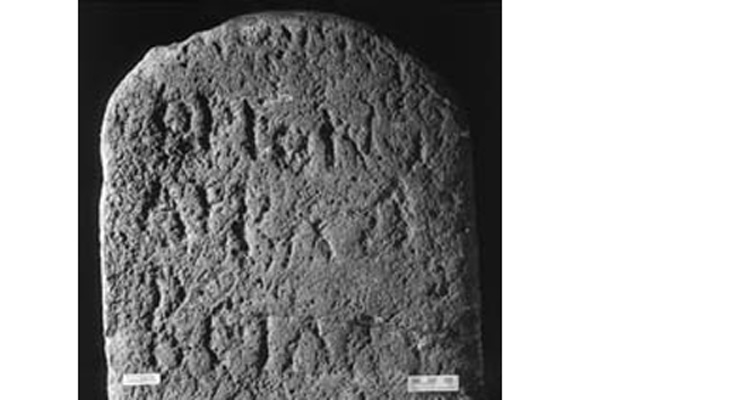
You might imagine that something as simple and basic as the alphabet would have been around forever. But of course it hasn’t. As you may well know, the elaborate pictures of Egyptian hieroglyphics and the intricate reed-poked-into-clay marks of Mesopotamian cuneiform used to be the way people communicated in writing. Gradually these were simplified into syllable symbols instead of word symbols, but were still fairly daunting and only a few scholars ever learned to write.
We are often told that the Phoenicians invented the alphabet, though some debate this. Regardless of who put pen to papyrus to create it, the Phoenician contribution was none-the-less major and critical. They were the major sea-traders of the Mediterranean, and they took the alphabet everywhere they went.
Every country that had a seashore seems to have done trade with them. When the Phoenicians began using the alphabet as a simple and easy way to keep track of their trades, it was exposed to everyone. And since money and wealth were involved, people were highly motivated to learn the system and make sure it was being accurately written down. This new method proved to be so much better than previous methods that it soon was being used by many people and many languages. It had been given so much momentum that it could not be stopped.
First inventions are sometimes a little rough and need to get the bugs worked out, and so it was with this new alphabet which the Phoenicians made popular. It consisted of 22 consonants . . . but no vowels. The reader was assumed to speak the language, so they would know what sound to put between the consonants. Of course, looking back at their inscriptions a few thousand years later, it is not so obvious. That is one reason why you will see different spellings for the same word or name. The ancient and modern-day translators just did the best they could.


(c) Sanford Holst, used here with permission

Phoenician alphabet
The Greeks adopted this Phoenician alphabet, and added vowels to it. The refined combination worked very well. It enabled the philosophy of Socrates and the theater plays of Euripides — among many other great works of literature — to be passed down to us.

On the Incirli Stela, Greek writing (deep incisions) was cut into the earlier Phoenician text
The Etruscans in Italy were familiar with the Phoenician alphabet, as shown on the Pyrgi gold plates at the top of this page. Their plate on the left was written in Phoenician, and the other one in Etruscan. After the Etruscans adopted and modified the Greek alphabet, they passed it along to Rome. The Romans made their own refinements to it, and this led to the alphabet we use today.
The content of this website is drawn from the research of historian Sanford Holst

Updated January 16, 2024
CLOUD: Phoenician alphabet, origin of alphabet, Greek mythology gods, Phoenician letters

Further information
If you would like to experience more of the Phoenician world than you find in these short articles, see the book Phoenicians: Lebanon’s Epic Heritage. This extensive exploration is brightened with 104 illustrations.
Going beyond the few traditionally-cited facts, this authoritative work draws from discussions with leading archaeologists and historians to discover new clues and lines of inquiry into this secretive society.
Phoenicians
You can take a look inside this book. See the first pages here.
